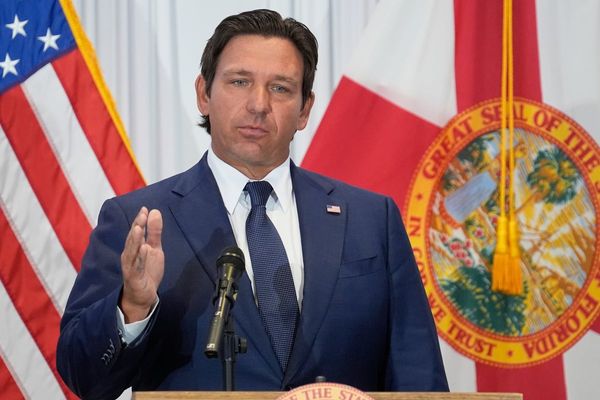
Good morning!
Sticking to his campaign promises, Donald Trump made a massive declaration on his first day back in the presidency, declaring that all federal workers get their butts back to the office – or else. On Monday January 20, he signed an executive order mandating that heads of departments and agencies “take all necessary steps to terminate remote work arrangements and require employees to return to work in-person.” Trump has previously said he intends to fire federal workers who don’t return to the office.
It’s a huge change for thousands of Federal workers, and how they respond to the mandate will reveal itself over the next few weeks and months. Until this week, about half of the 2.2 million federal civilian workers had the option to work remotely, with about 228,000 of them doing so full-time, according to a report released last year from the White House Office of Management and Budget.
But it also serves as a key moment in the remote work wars that have dominated the office space discourse since the pandemic hit in 2020. And Trump’s edict coincides with an increasing willingness among CEOs to drag their employees back to the office five days a week: Amazon recently imposed a five-day RTO mandate, followed by JP Morgan a few months later.
But is Trump’s fixation with RTO for federal employees indicative of a major shift in the remote and hybrid landscape? I reached out to top HR and workplace experts, who said that the latest move from the president could have ripple effects throughout the corporate world, and send an encouraging message to CEOs who want to bring their workers back full time—whether they like it or not.
This new policy could encourage more businesses to terminate their work-from-home policies, Kira Schabram, assistant professor at The University of Washington’s Foster School of Business and Academy of Management scholar, tells Fortune. “Having the nation’s largest employer move in this direction provides cover and legitimacy to others who have wanted to make this change already.”
Dr. Ellen Kossek, professor emerita of management at Purdue University’s Mitch Daniels School of Business, agrees. She says that some companies like startups and consulting organizations will still stand by hybrid and remote work. But Trump’s move is “a symbol to encourage more business leaders who are already uncomfortable with WFH to put return to office policies in place. National organizations and leaders set the cultural narrative about what is normal and productive working.”
That said, many companies have realized how powerful hybrid and remote work positions can be. About 83% of recruiters say remote work has improved the quality of the applicants they attract, according to a report published earlier this year from MyPerfectResume, a resume building platform. And as companies struggle to find top talent even within an increasingly tighter labor market, many outfits won’t be giving up on that edge anytime soon.
“As long as employers offer flexibility, employees will continue to gravitate toward jobs that offer it,” Joe Galvin, Chief Research Officer at executive coaching firm Vistage, tells Fortune. “To stay attractive to top talent, companies will need to offer flexible work options that balance opportunities for in-person collaboration and work-from-home/work-from-anywhere days to ensure productivity.
Brit Morse
brit.morse@fortune.com







